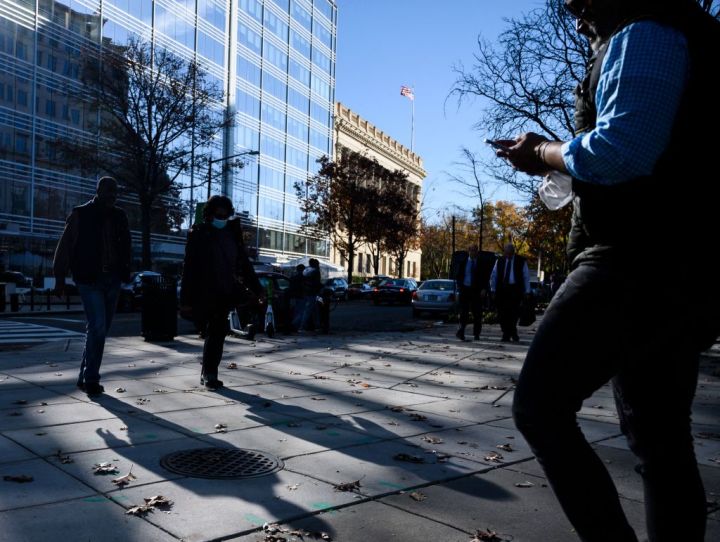
How do Europe and the U.S. compare in their pandemic recoveries?
How do Europe and the U.S. compare in their pandemic recoveries?

As Fed policymakers meet this week to try to chart a course through the murky waters of employment and inflation and omicron, it’s worth zooming out for the 60,000-foot view of the global economic recovery so far.
Both the U.S. and Europe have recovered strongly from the initial shock of the pandemic. But according to a recent Brookings report, they’re charting divergent courses on restoring employment and containing inflation.
When businesses shut down early in the pandemic, millions of workers in the U.S. were laid off, and then had to find new jobs once the recovery started.
But in Europe, many workers kept their jobs — and their paychecks, says Gia Maria Milesi-Ferretti of the Brookings Institution.
“You work 20 hours a week, and the firm pays you 40, and the government steps in to pay the extra 20 hours,” he said.
In the U.S., the government sent of billions of dollars directly to consumers in unemployment and stimulus checks. Which fueled a spending boom – one factor clogging supply chains and driving prices higher.
Jacob Kirkegaard at the Peterson Institute for International Economics said, in Europe, “Inflation is rising, but at levels half-or-thereabouts what we have seen in the United States. And there is no serious wage inflation in Europe.”
That’s partly because fewer Europeans have dropped out of the workforce. In the U.S., millions of workers who lost or left jobs still haven’t returned.
There’s a lot happening in the world. Through it all, Marketplace is here for you.
You rely on Marketplace to break down the world’s events and tell you how it affects you in a fact-based, approachable way. We rely on your financial support to keep making that possible.
Your donation today powers the independent journalism that you rely on. For just $5/month, you can help sustain Marketplace so we can keep reporting on the things that matter to you.











